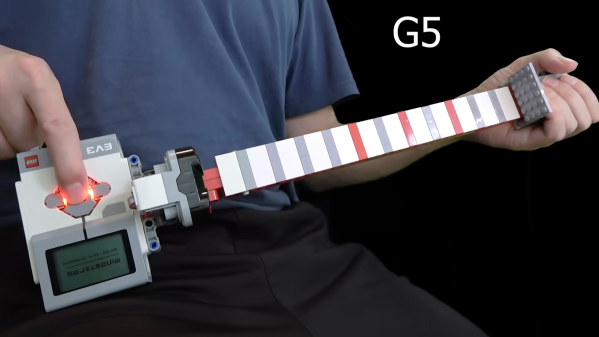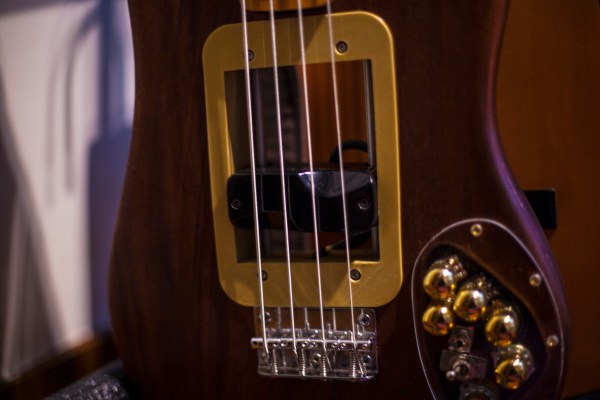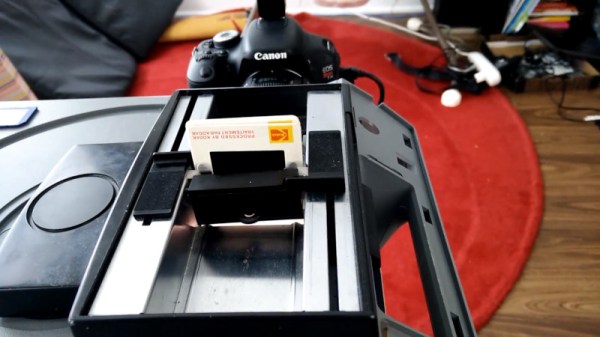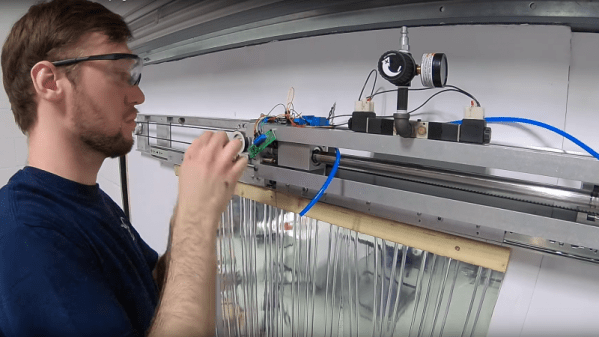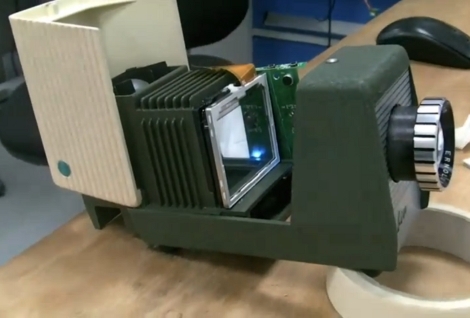Going to the park is a time-honored pastime for kids around the world, but what if there isn’t one nearby? COMPA Teatro Trono and the International Design Clinic have designed a park that can come to you.
Working with a group of design students from Bolivia and America, the theatre troupe has iteratively designed a set of playground carts that can be deployed for kids to meet each other and play. El Alto, the city of 1 million where the playground plies the streets, has grown exponentially since its incorporation as an independent town in 1985. Infrastructure has trouble catching up with population jumps of 54% like that experienced from 2000-2010.
Starting with interviews with kids from the city about what was important for a playground, they found a trend of trees, slides, and the color green. Over the course of three summers, the design students went from janky prototypes to the more refined carts now seen roaming El Alto built around the idea of “exaggerated topography.” An elephant and “astroturf bee” are the two hand carts which disassemble into a variety of playground equipment once in place at a destination.
Not a ton of details are given in the article about the construction of the carts themselves, but we think this tactical urbanist approach to parks is a hack in itself. That said, be sure to point us toward some more info on the builds if you’ve found any. Know of another hack, that brings joy to your own neighborhoods? Send it to the tipsline!


